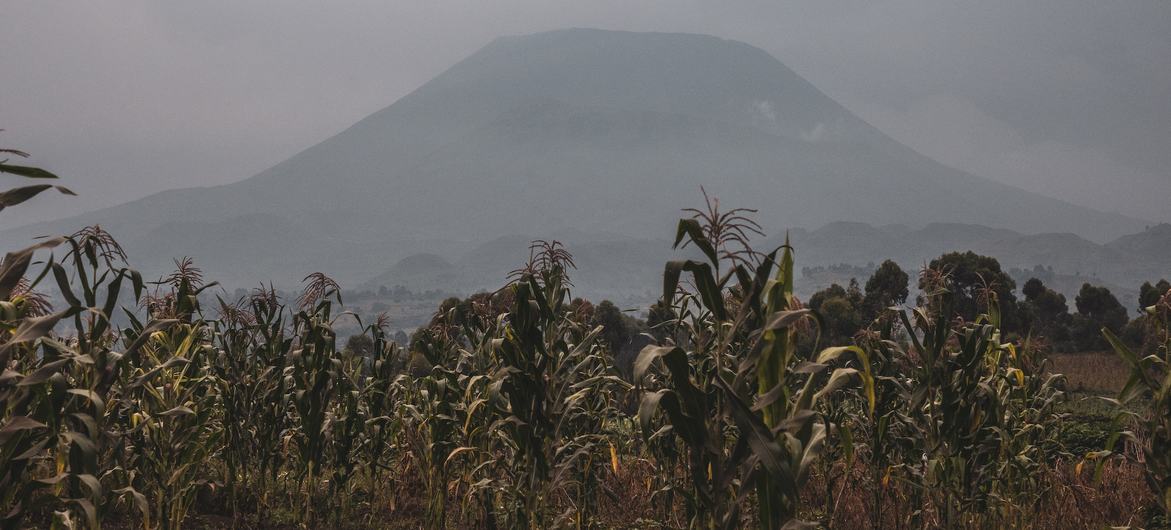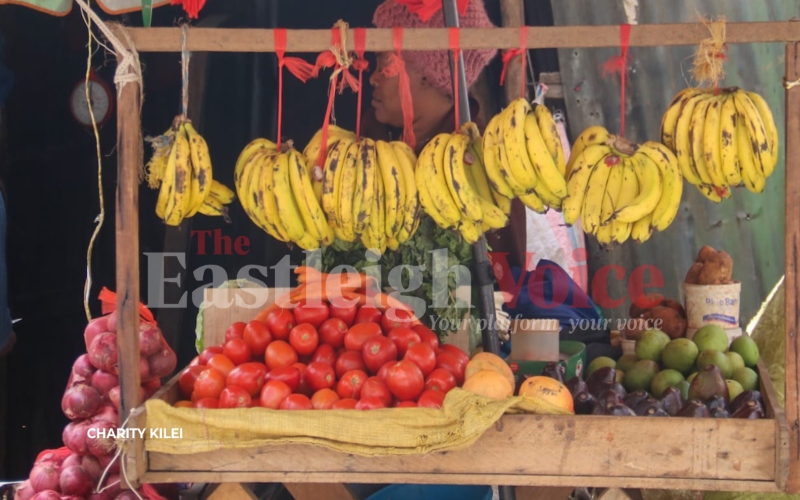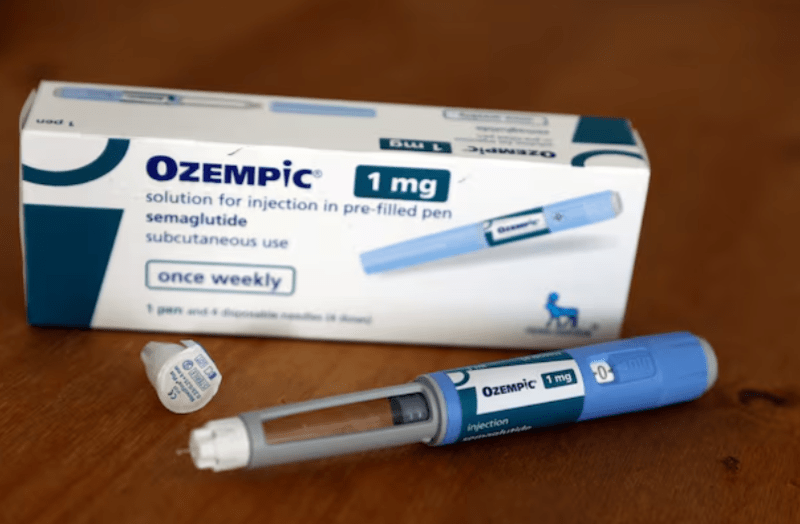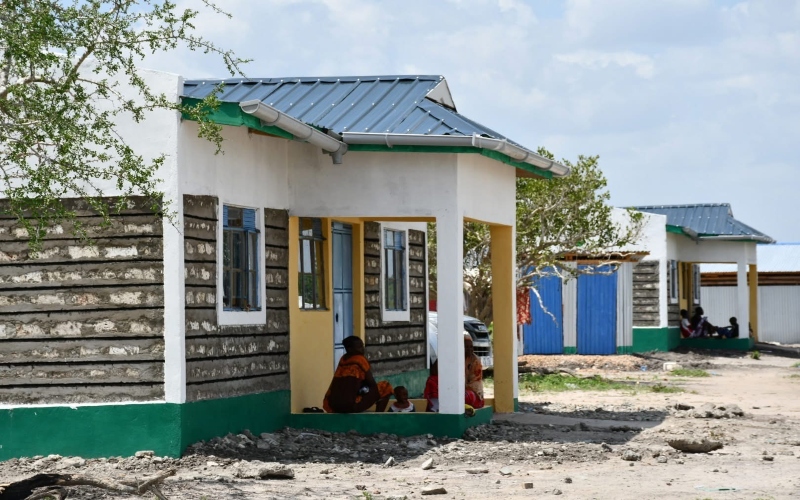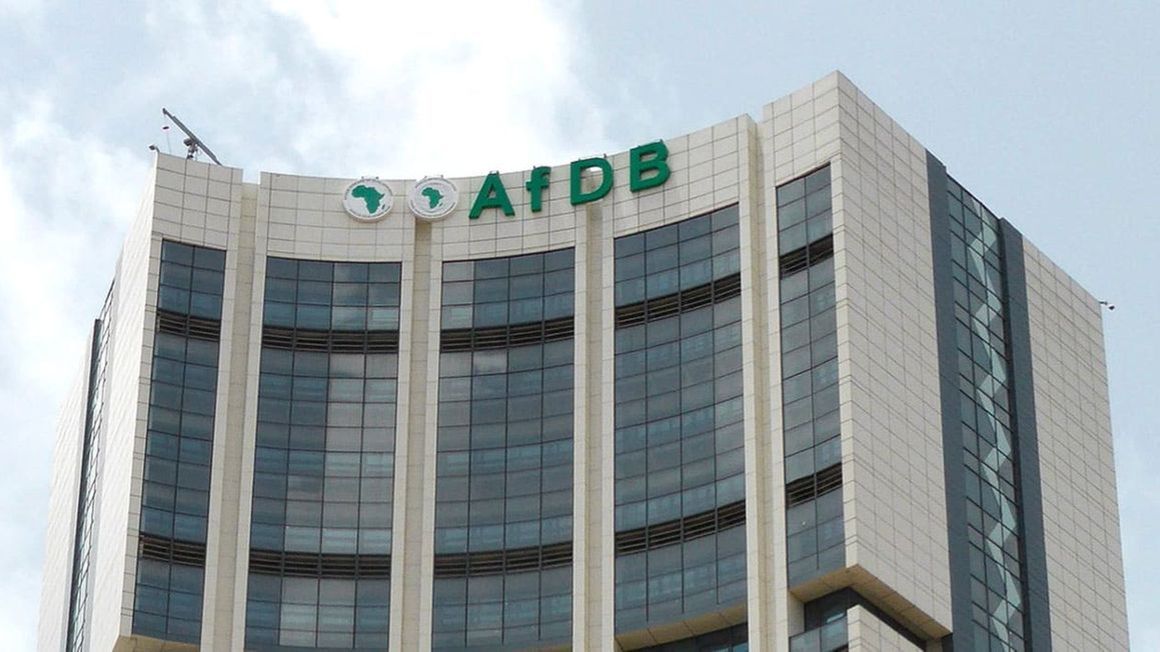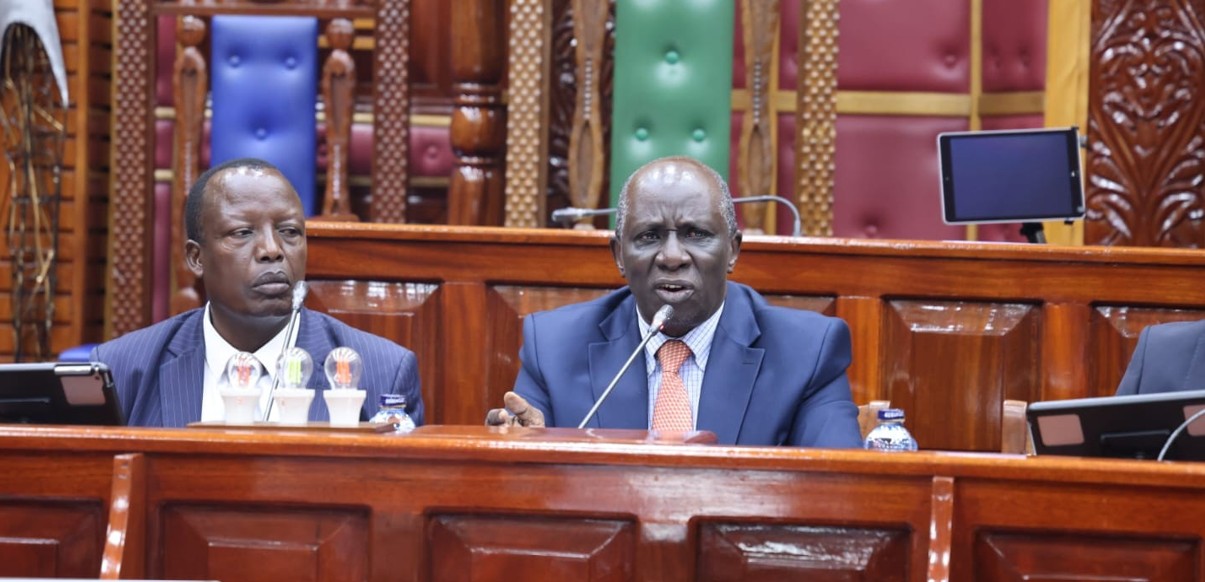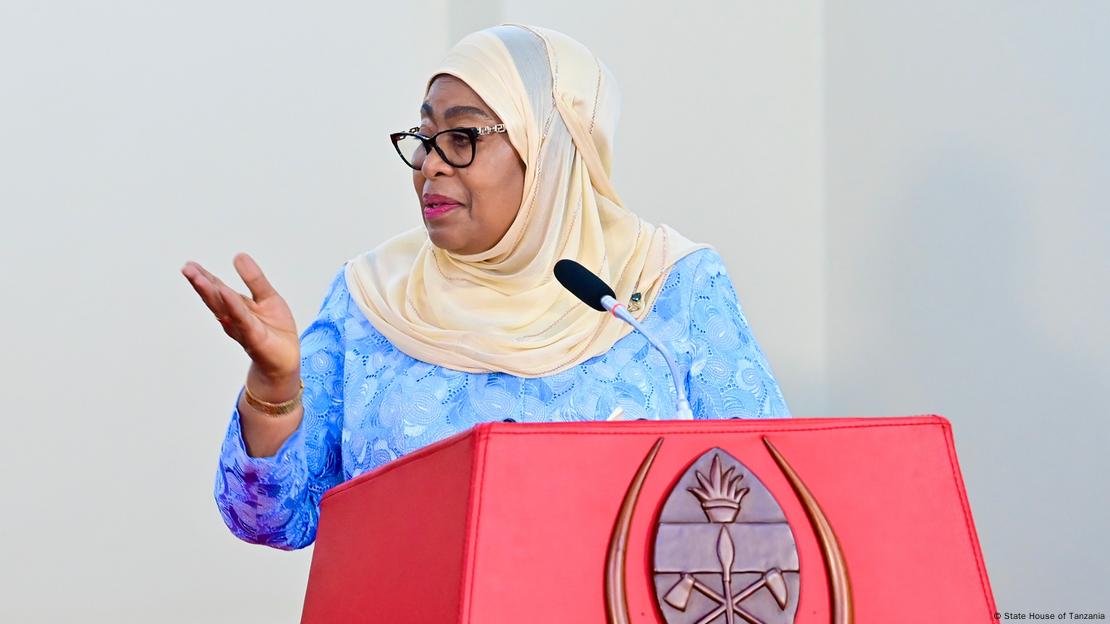Tana River, Marsabit lead in Gross County Product growth, outpacing wealthier counties

In the same rankings, Nairobi County, the country’s economic hub, posted the fifth-highest growth at 6.1 per cent, largely supported by an expanding financial sector.
Several North Eastern counties recorded varied economic performances in the 2023 Gross County Product (GCP) rankings, with Marsabit County emerging as the fastest-growing economy at 9.3 per cent.
This marks a significant achievement for the region, largely driven by increased activity in the water and construction sectors, according to the Kenya National Bureau of Statistics (KNBS).
More To Read
- Bunge La Mwananchi, activists move to court to block Sakaja-National Government deal
- Senators petitioned to amend law curbing governors’ powers
- National Assembly approves Bill unlocking Sh67.7 billion for counties
- Senate moves to define deputy governors’ roles to end county power struggles
- CoB Nyakang’o warns counties over heavy reliance on hospital fees, urges revenue diversification
- Counties warned over dependence on Treasury amid untapped income streams
The report shows that Tana River County followed closely with a growth rate of 7.6 per cent, demonstrating significant improvement despite its lower economic base.
Nakuru County recorded the third-fastest growth at 6.7 per cent, driven by a surge in agricultural activities, which nearly doubled compared to 2022.
In the same rankings, Nairobi County, the country’s economic hub, posted the fifth-highest growth at 6.1 per cent, largely supported by an expanding financial sector.
KNBS noted that 15 counties achieved growth rates of at least 5.0 per cent, while 27 counties recorded growth between 3.0 and 5.0 per cent.
Lagging behind
However, five counties lagged behind, posting growth rates below 3.0 per cent.
The report highlighted Embu County as the slowest-growing economy at 0.9 per cent, alongside Elgeyo-Marakwet (1.2 per cent), Nyamira (1.9 per cent), Bungoma (2.1 per cent), and Kisii (2.8 per cent).
These counties performed below the national average growth rate of 4.6 per cent, raising concerns about stalled development projects.
KNBS attributed the mixed performance across counties to disparities in economic activities and resource allocation, with urban and agriculturally diverse counties such as Nairobi, Kiambu, Nakuru, and Meru contributing significantly to the Gross Value Added (GVA). Rural counties with limited development initiatives recorded lower contributions.
KNBS highlighted that more efforts are needed to bridge the gap between urban centres and far-flung regions.
“Successive governments have implemented infrastructure projects, including roads, energy, and fibre optic connections, to unlock economic potential in marginalised areas. However, the latest County Government Budget Implementation Review Report shows that some counties spent nothing on development projects during the last financial year, despite a legal requirement to allocate at least 30 per cent of their budgets to development,” reads the report.
KNBS noted that counties benefiting from agriculture and larger populations, such as Nairobi, Kiambu, and Nakuru, are better positioned to drive economic growth, while the rest require targeted interventions to enhance their productivity.
Top Stories Today

